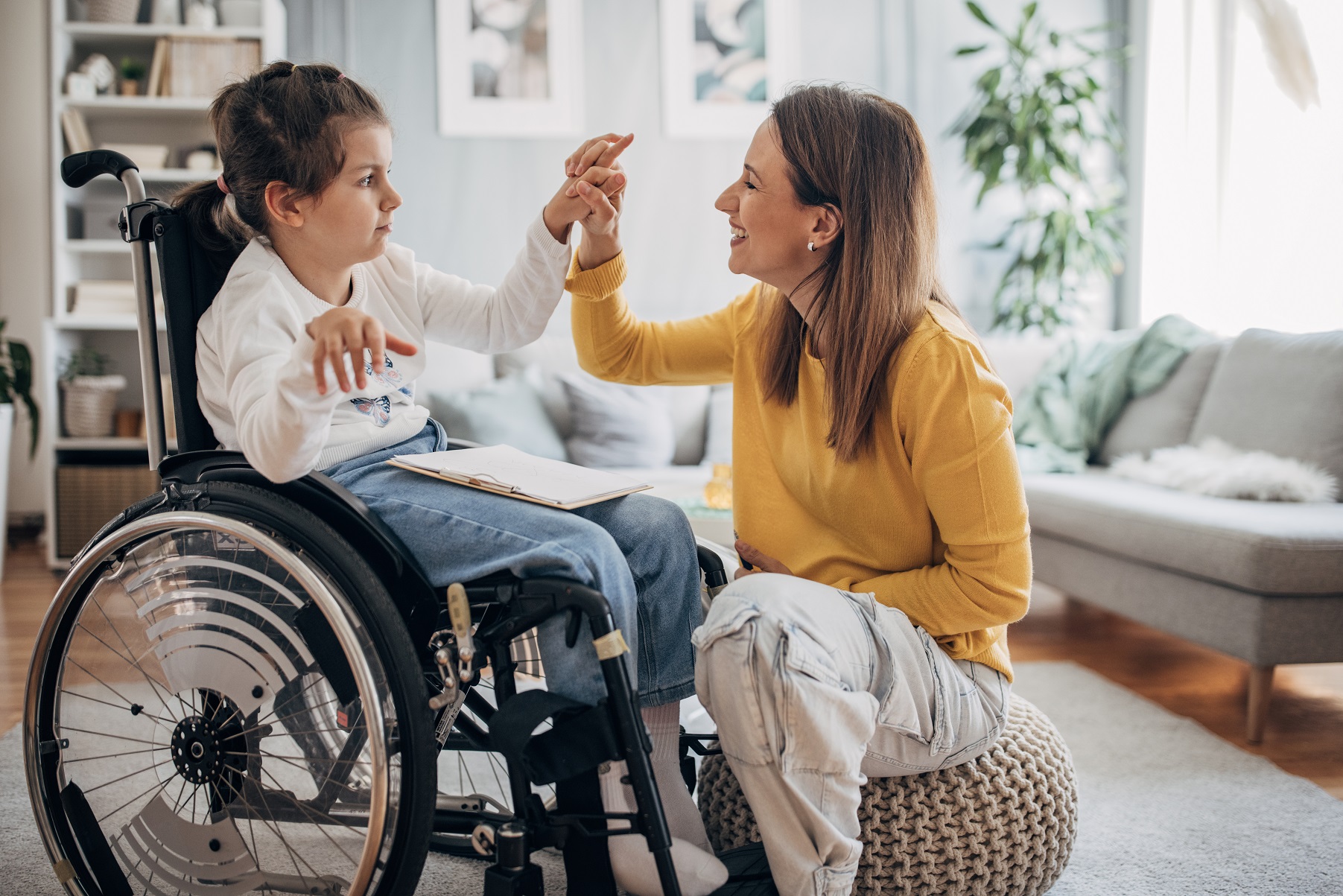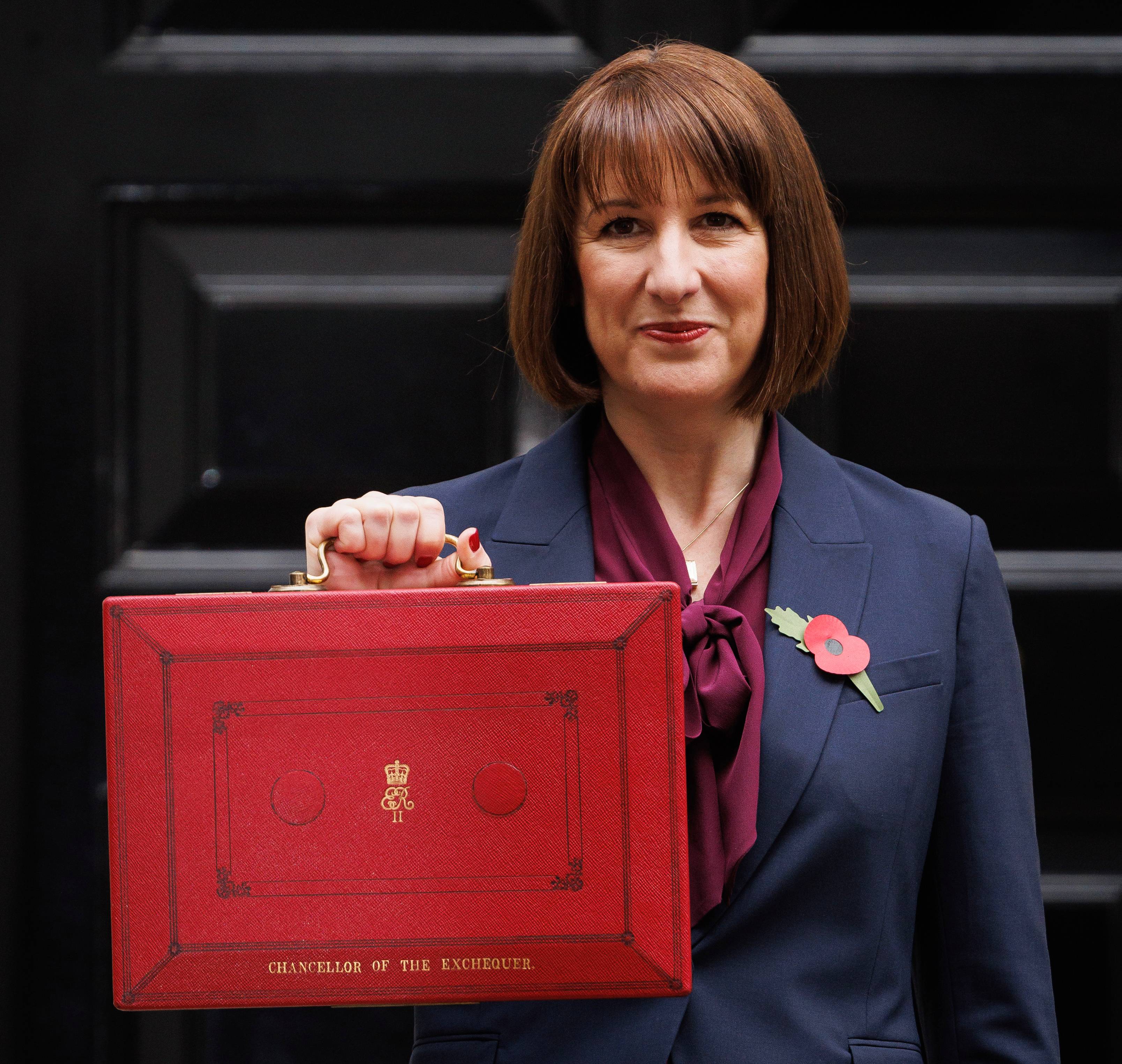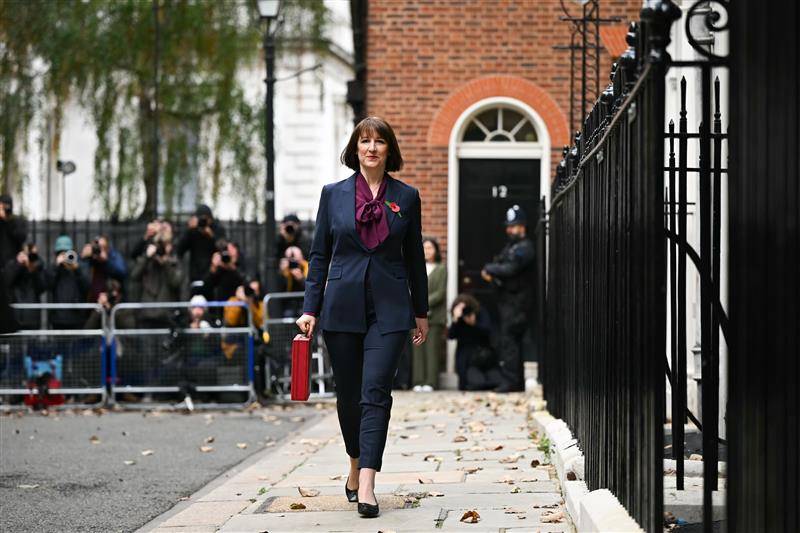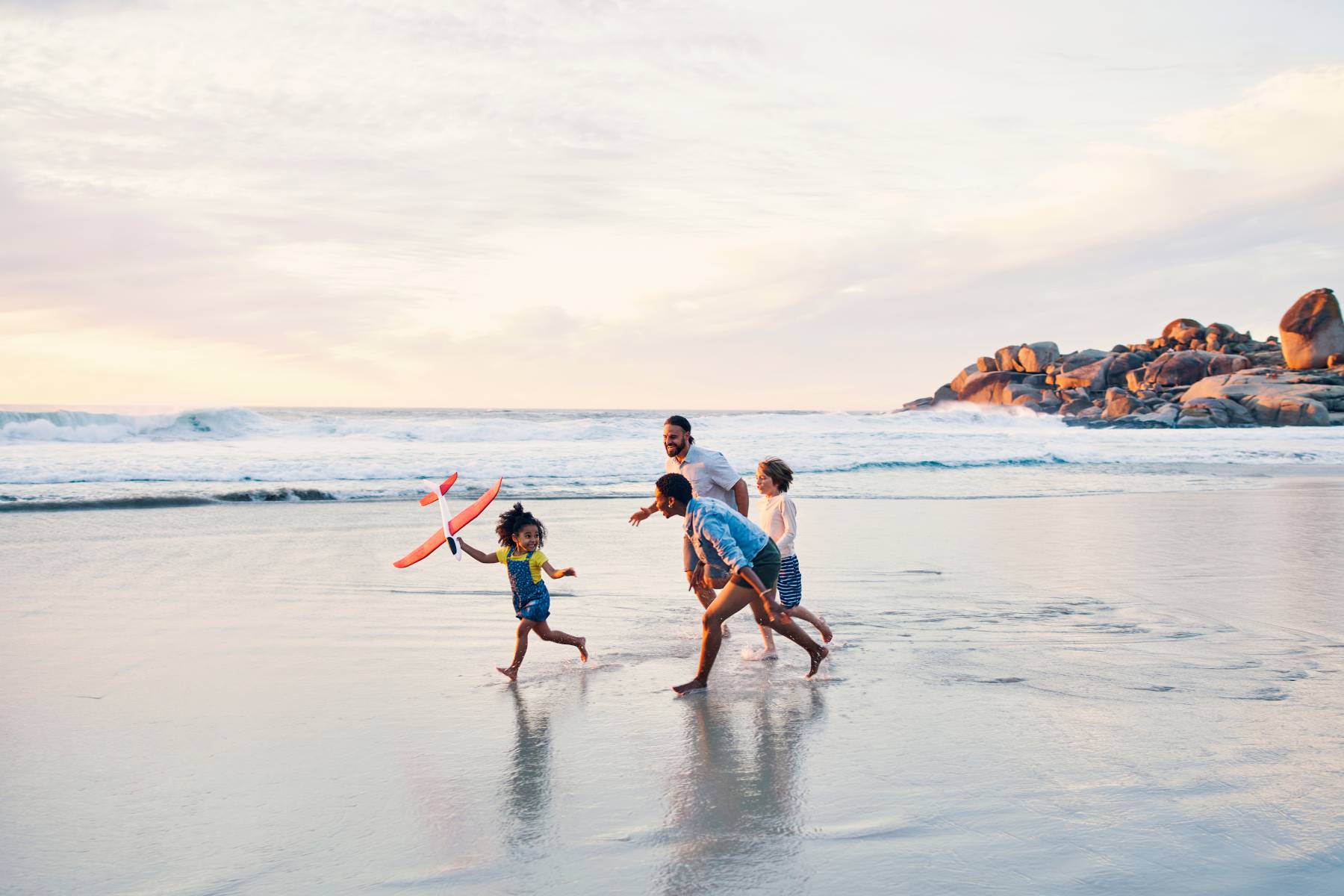Rainbow Hub – creating new pathways for the young
We speak to Lyndsay Fahey, CEO of Rainbow Hub, about the charity’s brain injury rehab services that help children and young people reach their full potential.

Article last updated 22 July 2025.
What is Rainbow Hub?
Rainbow Hub is a charity that offers a range of therapies and services to children and young people with physical disabilities as a result of neurological conditions and brain injury. Our aim is to help children and young people improve their physical, social and emotional wellbeing and gain independence – and we also support their families.
We’ve been operating from our base in Mawdesley, Lancashire since 2001, and we now have a team of 26 staff working with over 80 families a week. We offer conductive education and a range of communication, mobility, movement and sensory therapies through our child brain injury service. We’ve also recently opened a special needs nursery and a school for children with physical disabilities.
Tell us a bit more about conductive education?
Conductive education is a holistic therapy that uses repetitive movements – incorporating rhythm, song and phrases – to help children and young people with neurological and motor disorders develop greater bodily control and carry out simple movements. In essence, it helps create new pathways in the brain and connect the brain to the body. It’s an incredibly hands-on and fun therapy, and it’s delivered in groups which means attendees also benefit socially and emotionally.
We aim to promote independence at every level, and to equip children and young people with skills appropriate to their needs. Everyone’s needs are different – they range from wanting to develop gross motor skills such as sitting, standing or walking, to wanting to focus on daily life skills such as eating or dressing.
For example, while someone may need to learn how to use their muscles to hold their head up so that they can look around them, someone else may want to learn to jump so they can play on a trampoline with their friends, and another individual may want to be able to hold a comb so they can brush their doll’s hair. The children and young people come to us with their personal aspirations and our goal is to help them achieve those to improve their quality of life.
What are some of Rainbow Hub’s biggest challenges?
Our charity accepts self-referrals as well as referrals from healthcare workers and other healthcare services – many of the children we support can’t access NHS interventions or the NHS doesn’t have the necessary resources, so we’re often the only place they can go. We try to support as many families as possible, but there’s a large demand for these services, and there are only about ten conductive education centres like ours across the UK, and only three in the North.
Unfortunately, this means we currently have a waiting list. To help manage this, we’ve developed a programme that enables those on the waiting list to come to our centre once every four weeks and receive a plan to work on at home. It’s not the perfect solution, but it’s better than nothing while they wait for a ‘full time’ place.
The access issue is compounded by the limited availability of conductive education therapists. It’s still a very niche specialism with only one training centre in the UK, which makes it difficult to recruit enough qualified therapists to meet our needs. As such, we’re promoting internal staff development and encouraging those interested to pursue the relevant training.
Of course, one of the positive things that arose out of the pandemic was the shift to online services. So, while our very hands-on, staff-intensive therapy is best provided in-person, we’re still offering some online sessions to those who can’t travel to our centre or don’t have similar services available to them locally. We’ve also developed an online communication training offering for parents and families.
What are your hopes for the future?
Given the cost-of-living crisis and its knock-on effect on the availability of funding, it’s essential that we find ways to make Rainbow Hub more sustainable over the longer-term.
This is partly why we’ve opened our nursery and school – they enable us to provide these essential services to children with physical disabilities who can’t access mainstream nurseries and schools, while also helping to generate income for the charity. We’re also putting plans in place for a hydrotherapy centre, a much-needed service for the local area and a great therapeutic addition to our current services. However, all our plans to become more sustainable require funding.
Looking further ahead, we’d love to develop a conductive education community outreach programme so that we can support more disadvantaged families, those less able to travel to us, and those who live further away.
Ultimately, I’d like to build a multidisciplinary team and be able to offer children and young people a transdisciplinary assessment – involving speech and language therapy, occupational therapy, physiotherapy, conductive education – so that we can create a comprehensive programme for the individual that meets more of their needs. This could also help generate funds for the charity through other organisations commissioning our services.
Rainbow Hub is a very special place. It’s hard work, but it never feels like work. The children and young people are fantastic; they’re so brave and resilient, and we’re lucky to be surrounded by them every day. And the team is amazing, everyone is so committed to supporting the families we work with. It’s a place full of positivity and laughter. On a personal level, Rainbow Hub gave me and my daughter so much support when we needed it the most. My aspiration is to continue to offer that support to as many families as possible – in as many centres and counties as possible – so they know they’re not alone and that there is hope. The more children and young people that can benefit from our support, the better.
If you would like to find out more about Rainbow Hub, please visit www.rainbowhub.org or get in touch with us at info@rainbowhub.org.



